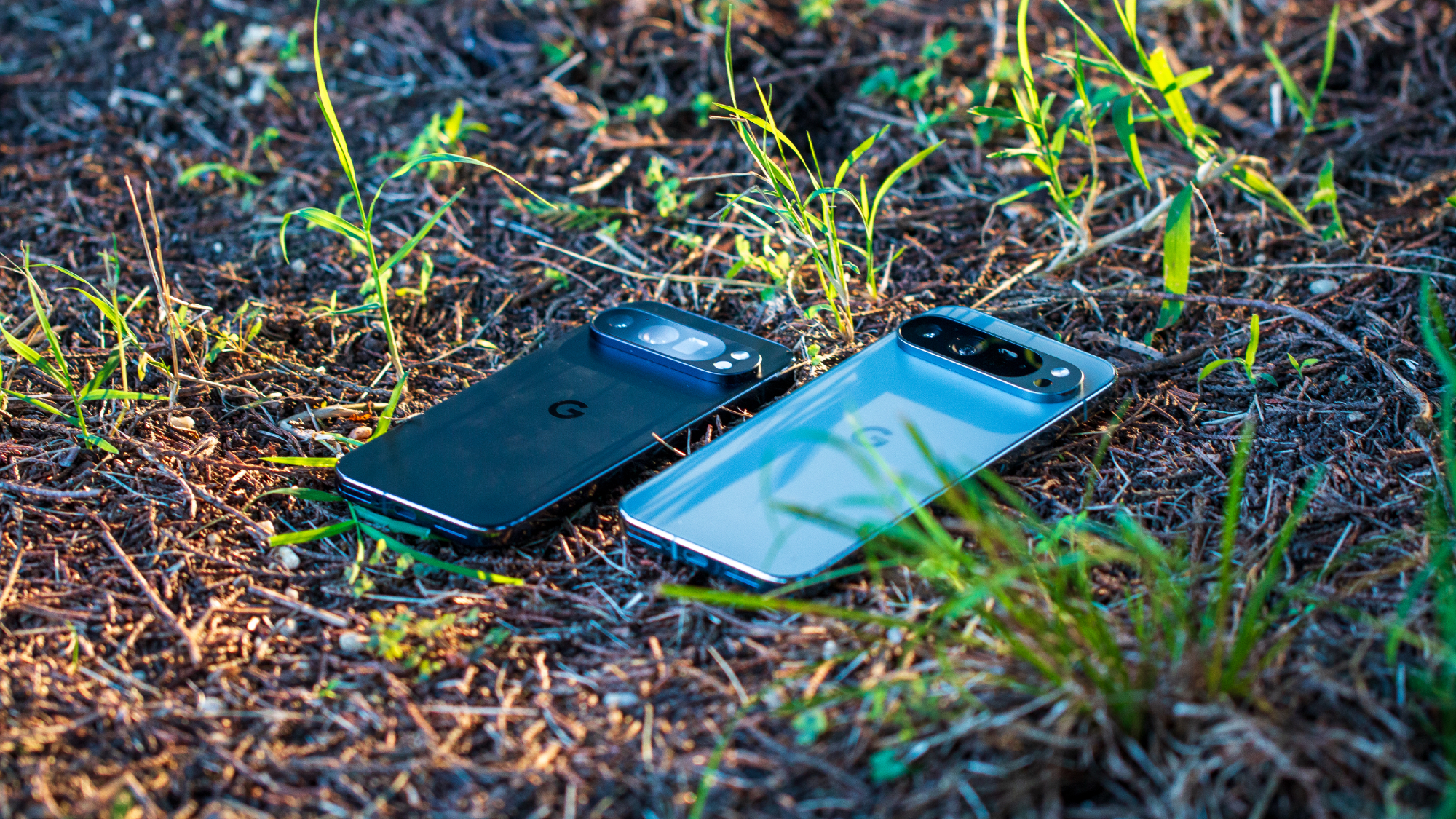Fitbit Charge 5 vs. Luxe: Which should you buy?
Do you prefer style or substance? Choosing between these two petite fitness trackers depends on your answer.
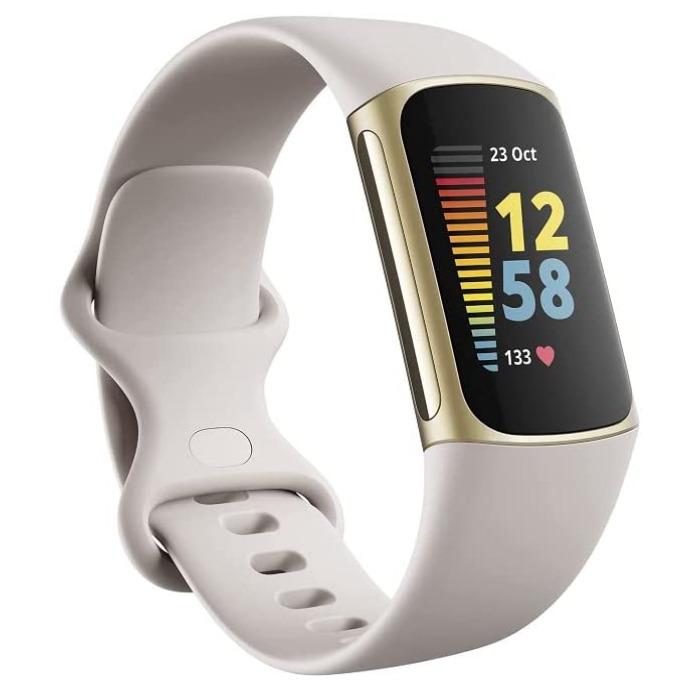
The whole package
The Fitbit Charge 5 is hands-down the best fitness tracker available today, squeezing tons of health sensors into a thinner, more attractive design than the Charge 4. It has a larger display than the Luxe, but it's also heavier and pricier.
For
- GPS, HRM, NFC
- SpO2 monitoring
- ECG & EDA sensors
- Activity/sleep tracking
- Improved design
Against
- More expensive
- Many features tied to Fitbit Premium
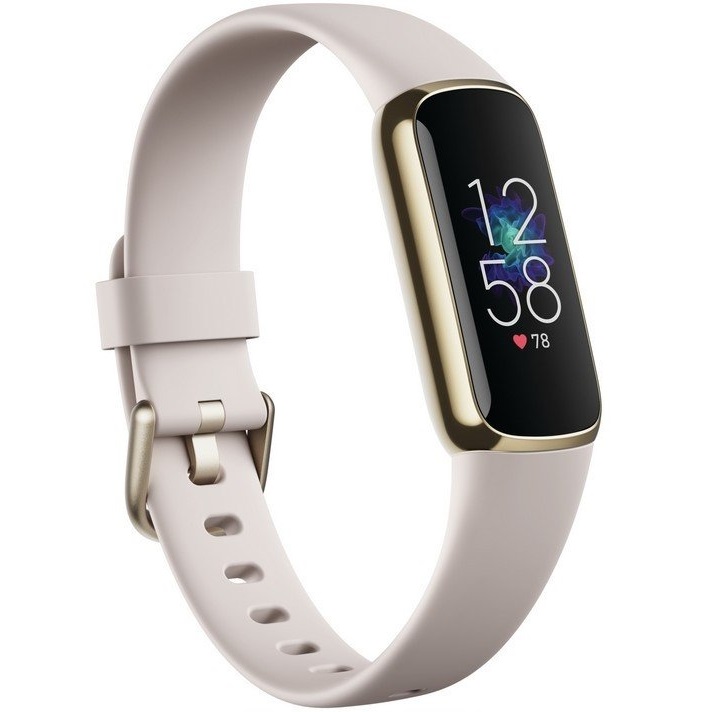
Beauty and some brains
Some people prefer to find a fitness tracker that's great for standard health and activity tracking, but focuses more on style than functionality. If that's what you're after, you've met your match with the Fitbit Luxe. Despite being highly attractive, you won't have advanced health tracking, GPS, or NFC.
For
- Activity/sleep tracking
- Heart-rate monitoring
- Active Zone Minutes
- SpO2 monitoring
- Stylish design
Against
- Lacks GPS and NFC
- Shorter battery life
The Fitbit Charge 5 and Fitbit Luxe launched within a couple of months of each other, meaning they were designed in tandem with many of the same key software features and design choices. Fitbit designed the Charge 5 as the more advanced device bundled with more features, while the Luxe trades off features in order to make a thinner fashion statement — though it still has plenty of tools to make it more than a pretty (watch) face.
Still, when weighing the Fitbit Charge 5 vs. the Fitbit Luxe in your mind, the main question you'll have to answer is whether you care more about functionality or fashion. Both devices are among the best fitness trackers available today, but in our mind, there's one clear winner.
Get the all-in-one experience with the Fitbit Charge 5

The Fitbit Charge 5 made some significant upgrades over the Charge 4. It upgraded from a dull grayscale OLED to a full-color AMOLED, used a slimmer stainless-steel case instead of a cheap-looking plastic one, and added new sensors and an always-on display option, all while keeping the same seven-day battery life.
We're more interested in the Charge 5 vs. Luxe, of course, and in many ways the two devices are similar. Both have thin color AMOLED displays, weigh about the same, and have strong water resistance to handle swimming pools and sweat. But beyond the superficial, the Charge 5 have many tools that the fashion-focused Fitbit Luxe lacks.
| Header Cell - Column 0 | Fitbit Charge 5 | Fitbit Luxe |
|---|---|---|
| Display | 1.04-inch AMOLED (326ppi) | 0.76-inch AMOLED (326ppi) |
| Dimensions | 1.45 x 0.9 x 0.44 inches | 1.43 x 0.69 x 0.4 inches |
| Weight | About 0.99 ounces/ 28 grams | About 0.92 ounces/ 26.2 grams |
| Sensors | 3-axis accelerometer, altimeter, optical heart rate sensor, SpO2, ECG, EDA, ambient light sensor | 3-axis accelerometer, optical heart rate monitor, SpO2 sensor |
| Battery life | 7 days | 5 days |
| Water-resistance | 5ATM | 5ATM |
| Active Zone Minutes | ✔️ | ✔️ |
| Onboard GPS | ✔️ | ❌ |
| ECG & EDA | ✔️ | ❌ |
| Fitbit Pay | ✔️ | ❌ |
| Mic/speaker | ❌ | ❌ |
Both watches have heart rate monitors (HRM) and blood oxygen monitoring (SpO2) to track your health across both workouts and sleep, including heart rate variance (HRV) to determine your stress and irregular heartbeats (AFib).
In addition, the Charge 5 adds electrodermal activity (EDA) and electrocardiogram (ECG) sensors. The EDA sensor lets you measure your stress levels more accurately; the ECG sensor enables you to record a reading designed to detect irregular heartbeats.
You'll note the Luxe can do both of these things with just the HRM, but these sensors give you more dedicated readings in these areas, making it more likely it'll detect a poor heart condition or consistent stress. The Fitbit Sense and Versa 3 also have these sensors, but at a much higher price, making the Charge 5 a good deal for health-focused users.
Fitbit takes all this data and creates a Daily Readiness Score, determining your current energy levels based on sleep and health data, so you know when to rest and when to work out. Both the Charge 5 and Luxe offer this score, though you'll need Fitbit Premium to see this advanced data. Thankfully, each device comes with a six-month free trial to the service before you have to start paying extra.
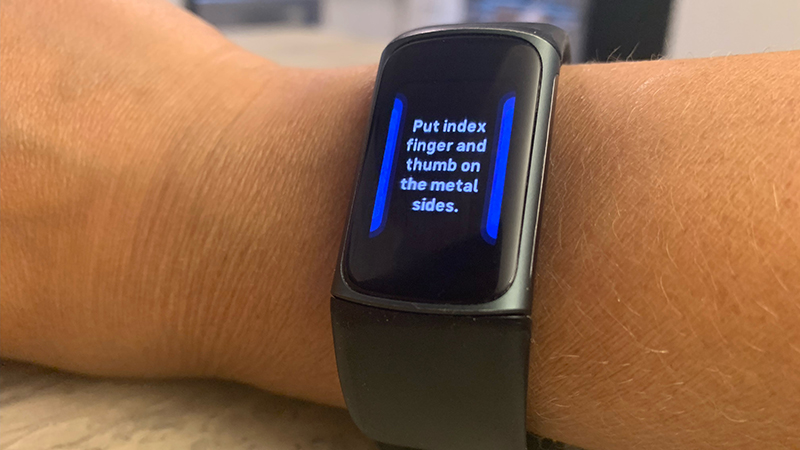
The Fitbit Charge 5 has extra health and GPS-tracking features that make it more functional than the Luxe.
As for workout data, the Fitbit Charge 5 definitely jumps ahead of the Luxe. Only the Charge 5 has onboard GPS to track your workouts, one of the main reasons many people buy fitness trackers. With the Luxe, you'll have to rely on your phone's GPS. Also, the Charge 5 has an altimeter, which gives you more accurate effort data based on changes in elevation.
Both trackers can detect Active Zone Minutes with the heart rate monitor, knowing how hard you're working out whether or not you're using any GPS data. But it's the Charge 5 that'll give you more useful data, showing how your effort levels correspond to actual distance during a run, bike ride, or swim. If you do most of your effort in the gym, though, that wouldn't matter as much.
While the Charge 5 display is still much narrower than most fitness smartwatches, it definitely gives you more screen space than the Luxe (even if both trackers have the same pixels per inch). If the Luxe is designed to look dainty on narrower wrists, the Charge 5 is pleasantly petite on larger wrists.
Plus, the Charge 5 uses that extra space to fit in a larger battery, adding two extra days compared to the Luxe. In practice, our reviewer found it lasted "just over six days out of a single charge, and this included using GPS mode for four separate workouts (over three hours in total) and with max brightness and continuous heart rate monitoring turned on." In other words, it can beat the Luxe's battery even taking GPS into account.
Track the basics with the fashionable Fitbit Luxe
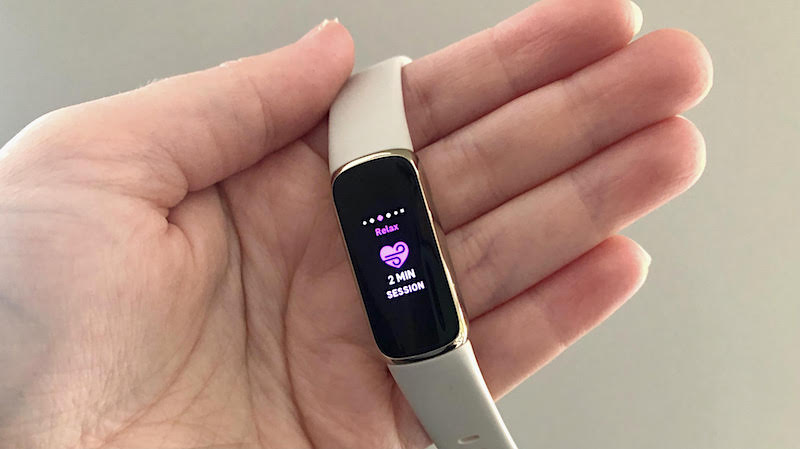
Some health and fitness enthusiasts might be seeking a more straightforward tracker without all the extras. However, if you're also on the hunt for a stylish design that's ideal for any occasion, the Fitbit Luxe may draw you in. The company launched this tracker to focus on health and wellness, but the versatile and gorgeous design stole the show.
Not all fitness trackers offer fashionable looks, so the Fitbit Luxe will be an attractive option if that's high on your priority list. You also get a lightweight case made of premium stainless steel material. The Luxe comes with a lovely AMOLED display, but it's rather tiny due to the compact design of the tracker.
Of course, how attractive the Luxe looks will depend on your own body's size. Our Luxe reviewer noted that while "it's slim, lightweight, and largely unnoticeable...as a bigger guy, I will say that it almost looks diminutive on me, like a child's wearable." This isn't a bad thing necessarily, but those with smaller wrists will likely prefer the look.
Also, because the display is rather small, our reviewer found that "the text on this thing is really small," making it difficult to read while running (or even walking) without bringing it close to your face. And on this same point, the small display coupled with the lack of buttons makes it occasionally difficult to navigate through menus — especially if your fingers are sweaty.
For comparison, the Charge 5 has the exact same touch-only navigation issues, but the slightly larger screen gives you more room to make your swipes more deliberate and noticeable, as well as make the text slightly more visible.
The Fitbit Luxe battery only lasts for five days.
The Fitbit Luxe bands are interchangeable so that you can switch up your look pretty quickly. The Fitbit Luxe battery will only last for five days, which isn't as great as the seven-day battery life on the Fitbit Charge 5. Of course, that five-day battery life estimate is pretty consistent, because you won't have GPS burning through its capacity.
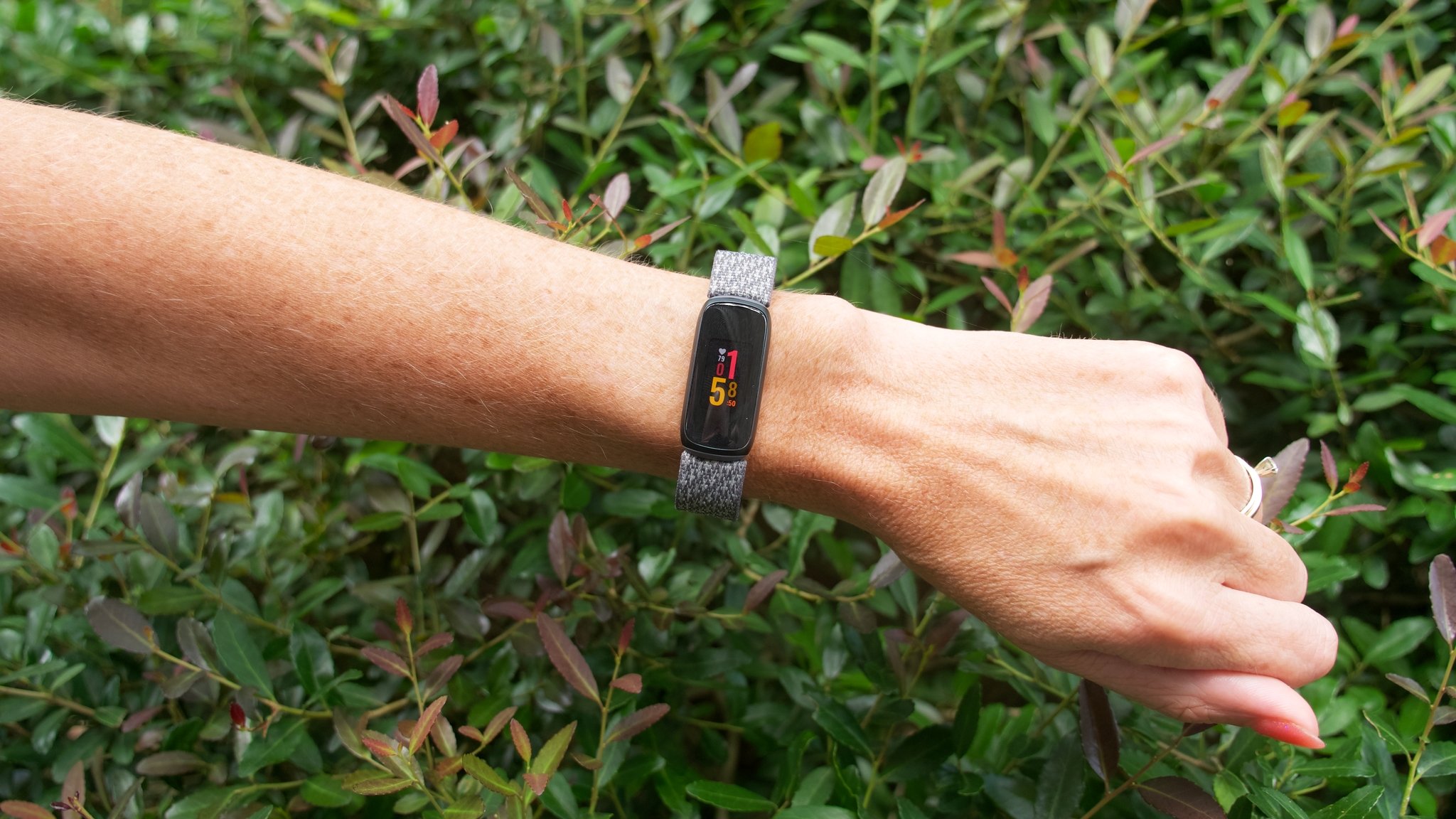
So, where do health and wellness come into play? Fitbit is offering critical stress management and mindfulness tools on the Luxe. For example, users will receive a stress management score that provides a daily assessment of their body's ability to deal with stress. The stress management score is based on heart rate, activity levels, and sleep patterns.
The Fitbit Luxe also uses the company's Health Metrics dashboard feature, which can be accessed in the Fitbit mobile app. Users will receive an in-depth overview of key metrics, including heart rate variability (HRV), breathing rate, and resting heart rate (RHR). You'll be able to view these metrics over a week, too. If you're planning to take advantage of the free 6-month Fitbit Premium trial that also comes with the Luxe, you'll have access to track your monthly trends and personal ranges.
Again, you'll have several familiar features that Fitbit offers on most of its wearables, including 24/7 heart-rate monitoring, activity/sleep tracking, female-health tracking, stress monitoring, guided breathing, and 20 exercise modes with SmartTrack exercise recognition. Fitbit also says that skin temperature readings and blood oxygen monitoring will be coming soon to the Luxe.
Unfortunately, there are a few other drawbacks to the stylish device. You won't have onboard GPS, so you'll need to bring your phone with you to track your route during a workout. You also won't have NFC support for Fitbit Pay, which means no contactless payments. Advanced health features such as EDA and ECG sensors are not available on the Luxe, either. It might be cheaper than the Charge 5, but it's still relatively expensive for the features that it lacks. If the design is one of your main reasons for buying it, you might not be bothered by these drawbacks.
Fitbit Charge 5 vs. Fitbit Luxe: Functionality or style?
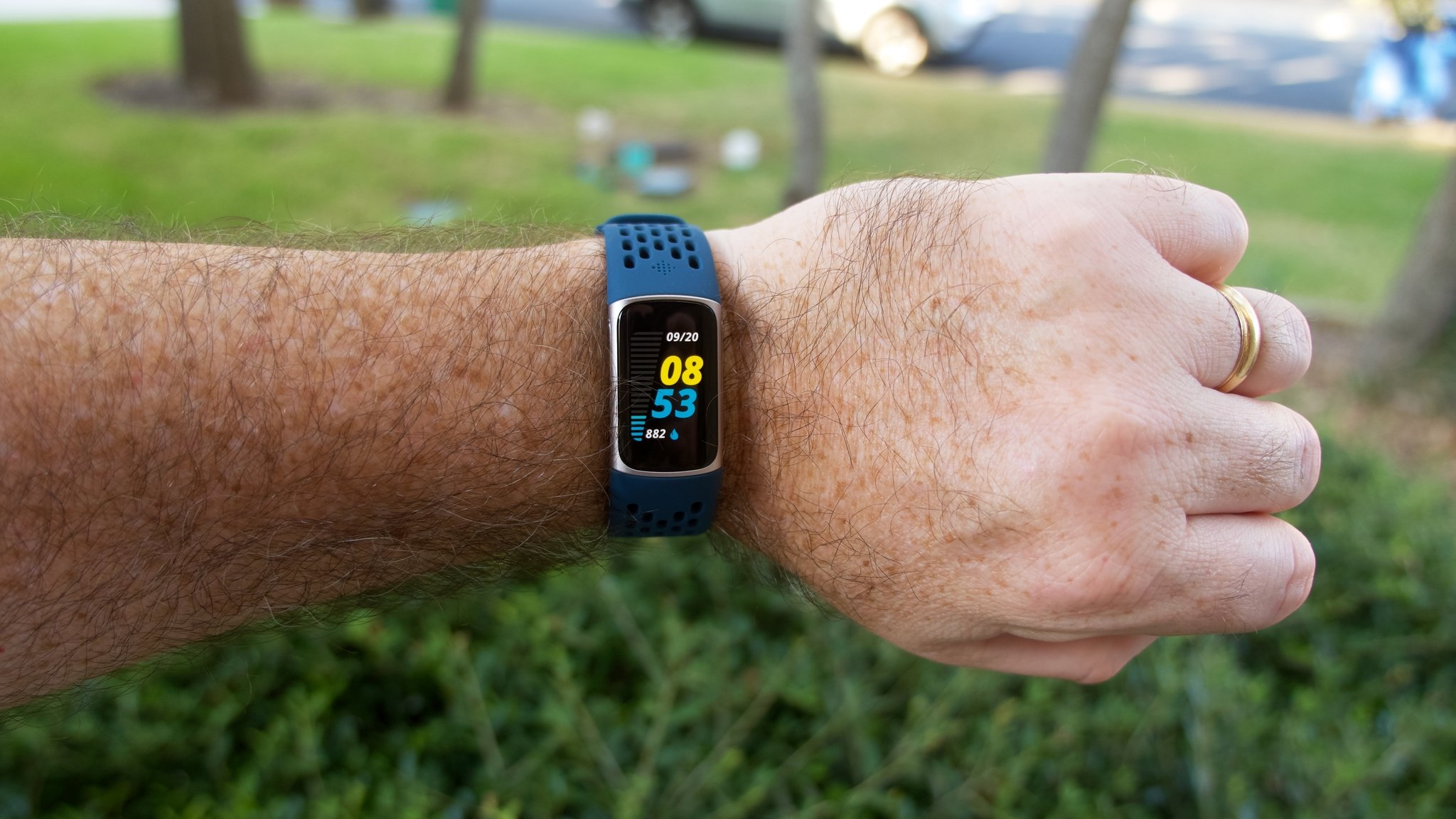
The best way to decide between the Fitbit Charge 5 and Fitbit Luxe is to consider your priorities. As a true style icon, the Fitbit Luxe is designed for fashionable users seeking a tracker that can handle the basics. You get decent battery life, a bright AMOLED display, and an attractive design. However, you won't have GPS, NFC, or advanced health sensors. If these perks aren't a priority in your mind, then the Fitbit Luxe may just be a good fit for you.
Those who want as many health sensors and smartwatch features as possible will likely prefer the Fitbit Charge. It's a bit more expensive than the Fitbit Luxe, but for all the extras, some users may be willing to stretch their budget a bit farther. In addition to a premium design and larger AMOLED display, the Fitbit Charge 5 also boasts onboard GPS, NFC payments, advanced health sensors, and longer battery life. So, if you want the whole package in a fitness tracker, the Fitbit Charge 5 is the way to go.
Fitbit has supported the Luxe after launch, adding new watch faces to give users more fresh looks on their wrist. Of course, the Charge 5 also got new watch faces, as well as a new "find phone" tool recently. It's nice to know that the company is giving both trackers plenty of software support, whichever you pick.
So which should you pick? Our Charge 5 reviewer, who also tested the Luxe, specifically noted that the Charge 5's exclusive features "make up for the ways in which I felt the Luxe was lacking," and that it "looks just as nice as the new Luxe but is a much more capable device." Unless you specifically want the Luxe's mini-deluxe look and don't care about GPS tracking, the Charge 5 is the much stronger purchase of the two and doesn't give up much in the way of looks.

Don't settle for less
If you're not willing to settle when choosing a fitness tracker, the Fitbit Charge 5 will be right up your alley. You get a thinner and sleeker design, new health sensors, GPS, NFC, and more.

Style-focused tracker
Those who don't mind sacrificing features in favor of fashion might prefer the Fitbit Luxe. It doesn't have GPS, NFC, or advanced health sensors. If you're content with the design, you may not mind the compromise.
Be an expert in 5 minutes
Get the latest news from Android Central, your trusted companion in the world of Android

Michael is Android Central's resident expert on wearables and fitness. Before joining Android Central, he freelanced for years at Techradar, Wareable, Windows Central, and Digital Trends. Channeling his love of running, he established himself as an expert on fitness watches, testing and reviewing models from Garmin, Fitbit, Samsung, Apple, COROS, Polar, Amazfit, Suunto, and more.
